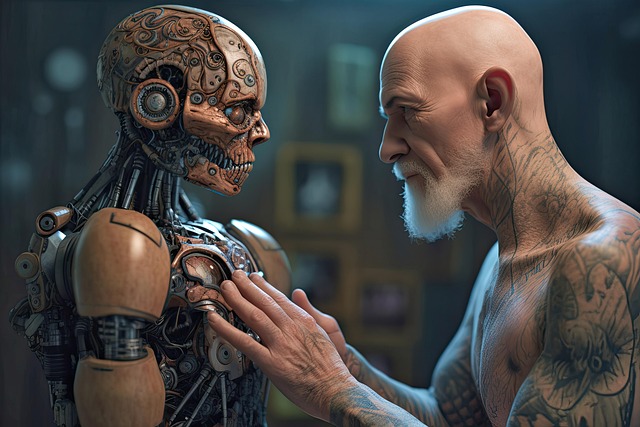While many people chat with digital assistants every day, few might know the specific type of AI behind tools like ChatGPT. It’s a form of generative AI, which means it can create new content on its own. Specifically, ChatGPT falls under text generative AI, designed to produce human-like text. It’s built on a large language model that uses deep neural networks to craft responses that sound natural.
ChatGPT, a type of generative AI, creates human-like text using deep neural networks, transforming how we interact with digital assistants daily.
This AI relies on something called the Generative Pre-trained Transformer, or GPT, architecture. That’s a fancy way of saying it’s trained to understand and reply to conversations. ChatGPT learns from huge amounts of data to spot patterns and make sentences that make sense. It doesn’t need the internet to work, so it can chat offline. Plus, it’s always getting updates to make its answers even better and more realistic.
ChatGPT’s main job is to help with text. It can write stories, answer questions, sum up information, or even translate languages. It’s great at keeping a conversation going, letting users ask follow-up questions. If it makes a mistake, it can admit it and try to fix the error. This makes it feel more like talking to a real person than a machine. Additionally, its capabilities extend beyond simple text generation to include context understanding and complex reasoning tasks.
There’re lots of ways people use ChatGPT. In schools, it helps students learn by explaining tough topics. Researchers use it to come up with ideas or find references. It’s also handy for creating marketing content or helping with language learning through chats. The AI adapts to many topics because of the vast data it’s learned from. However, identifying whether text is AI-generated remains a challenge due to the low accuracy of current detection tools low accuracy. Beyond ChatGPT, other AI models like Claude excel in specific areas such as human-like writing for reasoning and persuasion tasks.
However, there’re concerns about this tech. Some worry about how AI-generated text could be misused. To tackle this, experts have built models to detect content made by tools like ChatGPT. These detection systems use machine learning to spot AI text. Public datasets help researchers study this further.
Generative AI isn’t just about text. There’re other types that make images, audio, or even videos. But ChatGPT sticks to words. As research grows, understanding and managing AI like this will keep being important for everyone.









